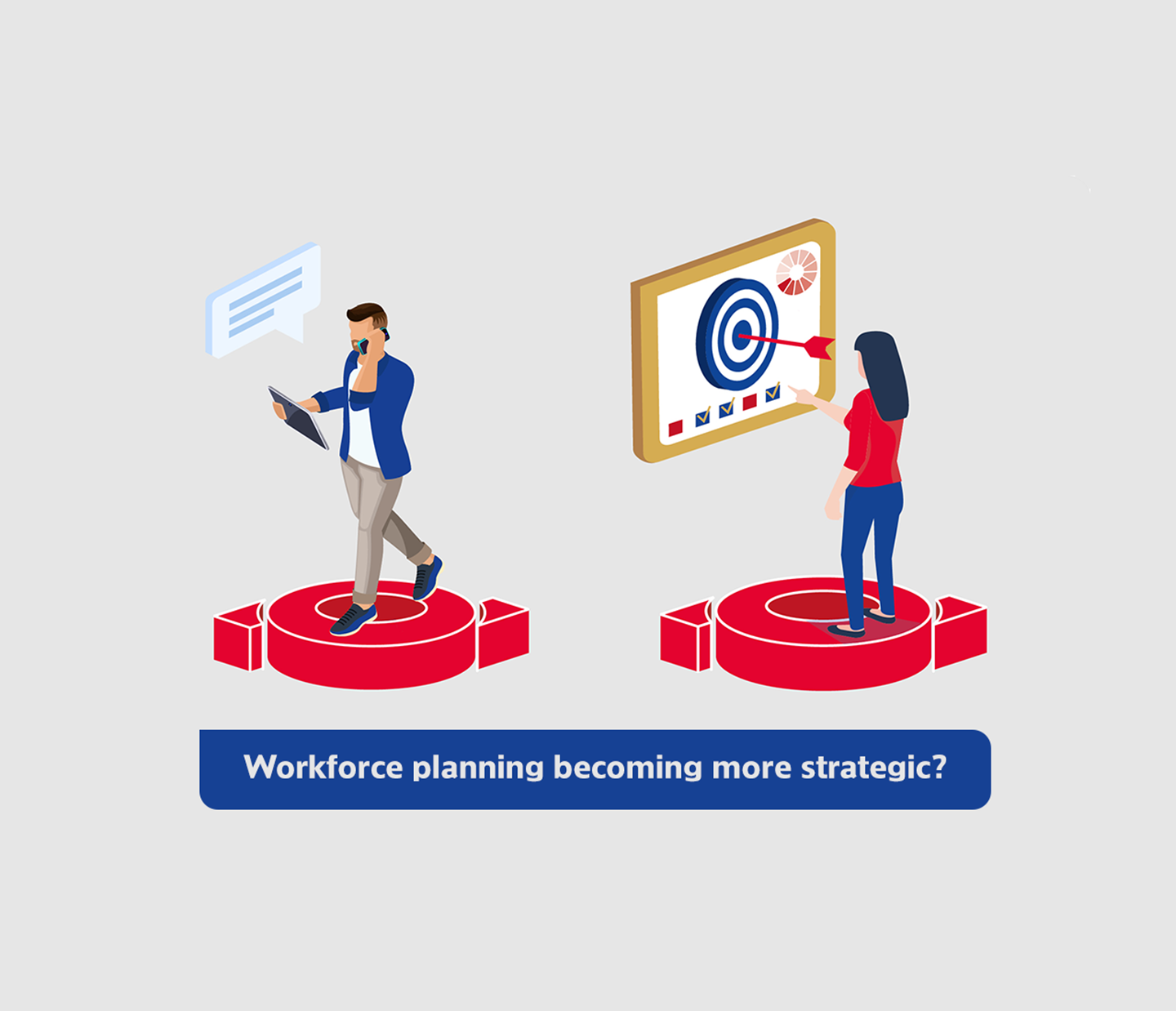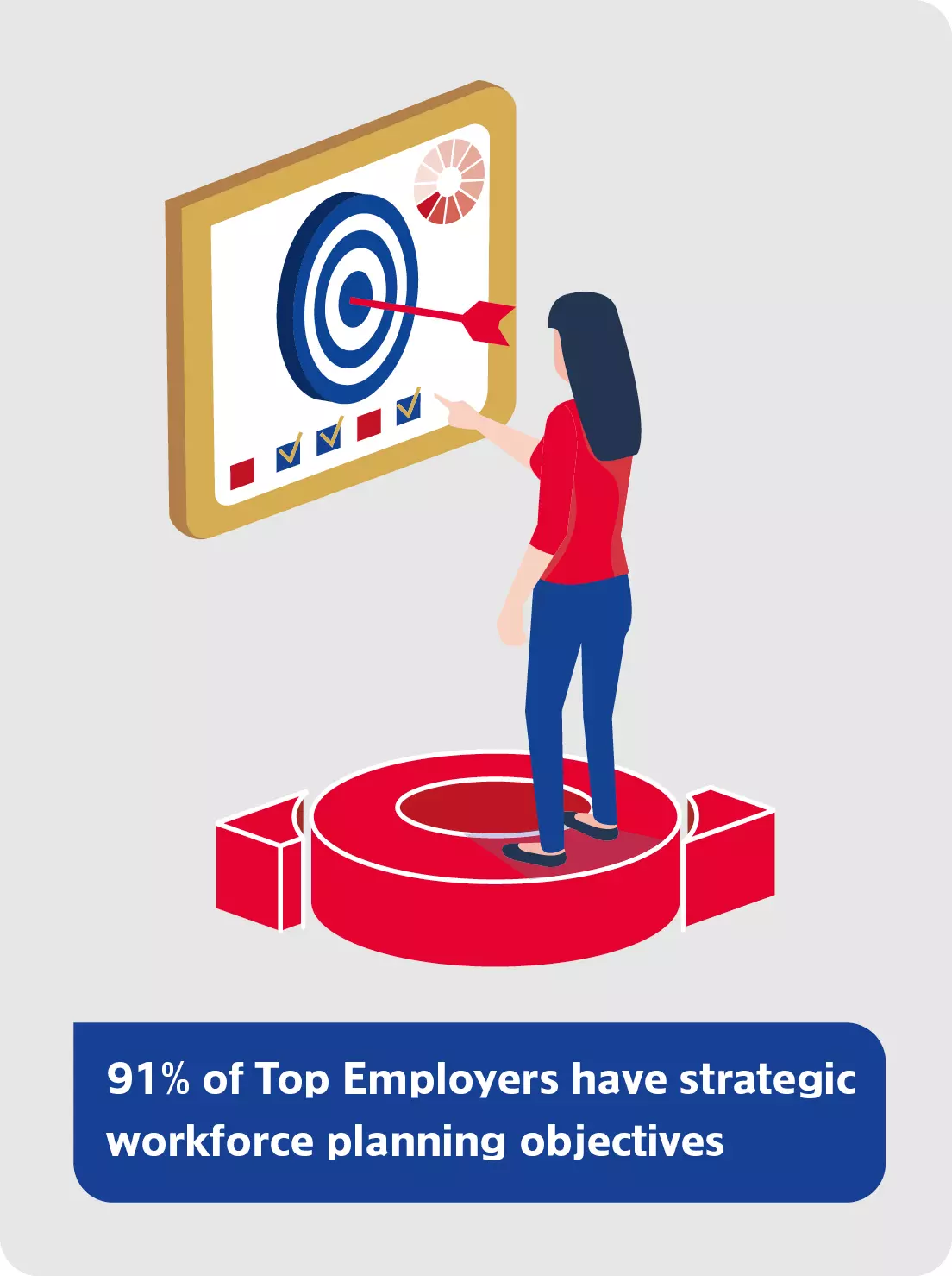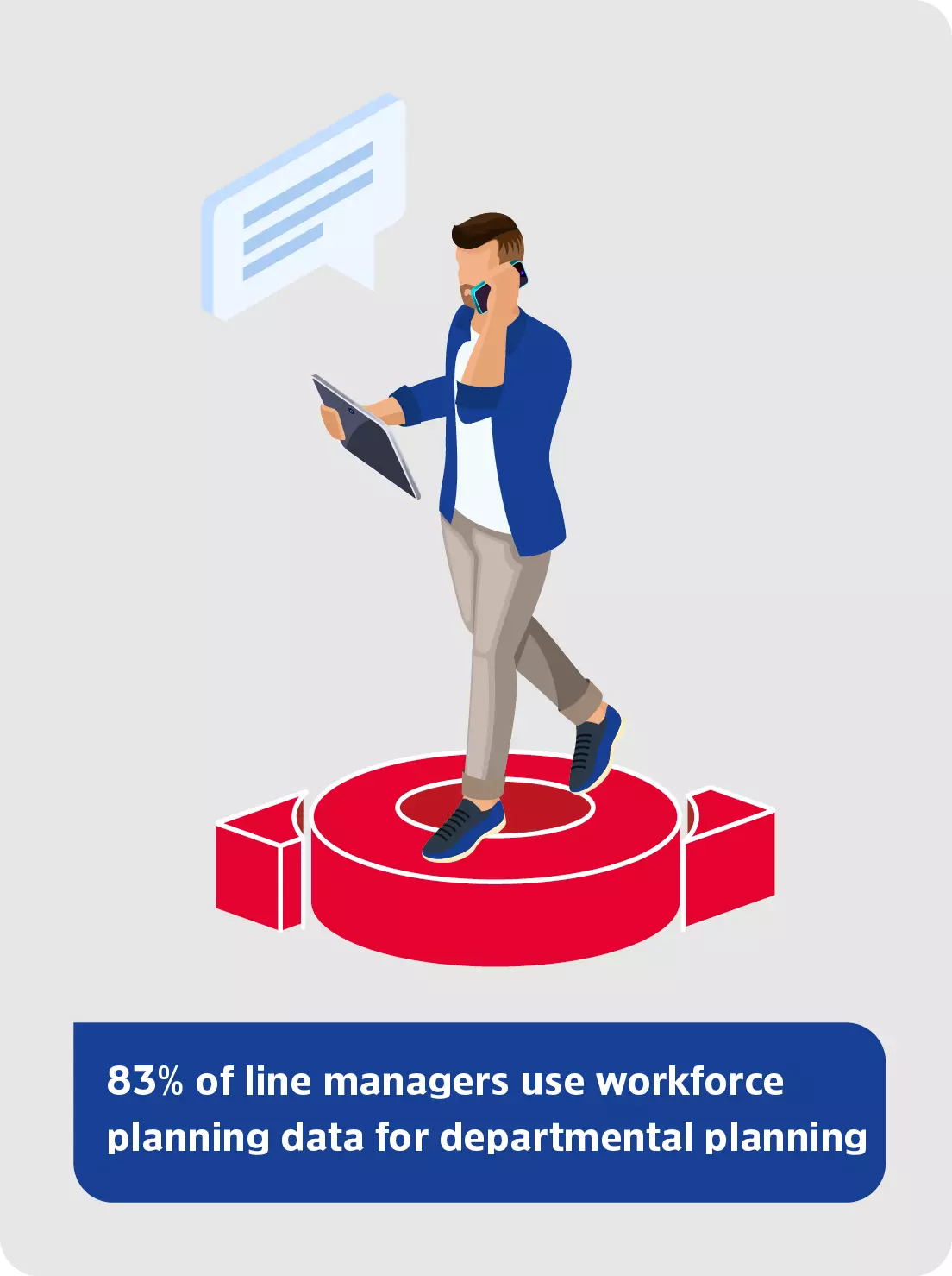Why is Workforce Planning Becoming More Strategic?

Fortunately, our own findings give cause for optimism. Research among our 1,500 certified Top Employers organisations globally shows that over 9 in 10 of them (91%) now have clear and strategic workforce planning objectives for their organisation, up from just over three-quarters in 2015 (78%). The will to deliver on a workforce plan is also there, given the enthusiasm for formally defined roles and responsibilities (92%) and a clear process for delivering on it (91%).
There are at least three factors driving businesses towards a more strategic approach in this area. The first is the clear and growing desire for HR involvement. In the past, the HR department may have been brought in annually, simply to implement people decisions from an already agreed budget. The most important objective of strategic workforce planning today among our Top Employer organisations is to “to align our HR with strategic business goals” on a regular and ongoing basis.
Secondly, technology is dramatically affecting the relationship between employee and employer – in this “Uber” age of technology, data and AI, a more agile approach to workforce planning is required as contracts and working arrangements between the two become ever more flexible, with the opportunities and uncertainties that this brings. There is much that has been done to harness technology for strategic workforce planning – but there is a lot left to do. Organisations that use data analytics and AI, especially predictive analytics for workforce planning, are key tools for successfully partnering with the business. But while many Top Employers see the value of using data to support talent decisions, the Mercer Global Trends Survey of 2019 shows that less than 1 in 8 (12%) of businesses worldwide are currently using predictive analytics in this way.
Finally, the organisation can no longer consider its needs in isolation – complex partnerships and ventures inside of and between organisations, fuelled by a more collaborative and flexible working arrangements, means that permanent employees, contractors and consultants all need to become part of the workforce planning ecosystem. In turn, this means that the clear communication of workforce planning is essential.
For example, one Global Top Employer in the engineering sector featured in our HR Best Practices Report 2019, consistently and transparently shares information with its people around its business strategy. It explains how this will affect long-term staffing needs, helping all those involved to understand what he or she needs to do to stay ahead of the curve on one’s own career development. Thanks to this, the number of employees asking for appointments with HR has more than doubled, giving an opportunity to share opportunities with employees, increase internal mobility and hence organisational effectiveness. Most importantly, it helps Top Employers make sure that employees remain engaged, rather than fearful, in times when jobs are being outsourced or where new competencies are required.
The positive impact on organisational effectiveness explains why the senior management of our Top Employers are getting deeply involved in the workforce planning process from start to finish. Nearly all (97%) now are heavily involved in reviewing and approving the overall workforce planning process. Most (96%) are actually participating in workforce planning sessions and there’s also been a big jump in their evaluation of the effectiveness of Workforce Planning on at least an annual basis.
It’s also encouraging that the advantages of strategic workforce planning are permeating deeply into Top Employers organisations. For example, Over 4 in 5 (83%) of line managers are able to proactively use workforce planning data for departmental planning, while nearly the same number (79%) now recognise that career development for the employee is becoming a strategic issue in itself and needs to be considered in the workforce planning process.
Finally, the effectiveness of strategic workforce planning among our Top Employers is becoming a two-way street of influence. The strategic workforce planning serves the business strategy – but it can be the other way around. Our Top Employers tell us that more than 4 in 5 (81%) of them now regularly form their business strategy in part by looking at the results of workforce planning. And nearly three-quarters (72%) of them look to the future via a gap analysis between current competencies and those needed in the period ahead.
With businesses completely rethinking how they use their talent to bring about transformation, a more strategic approach to workforce planning in the year ahead will become a necessity, rather than a luxury.
Become recognised for your excellent employee conditions.






